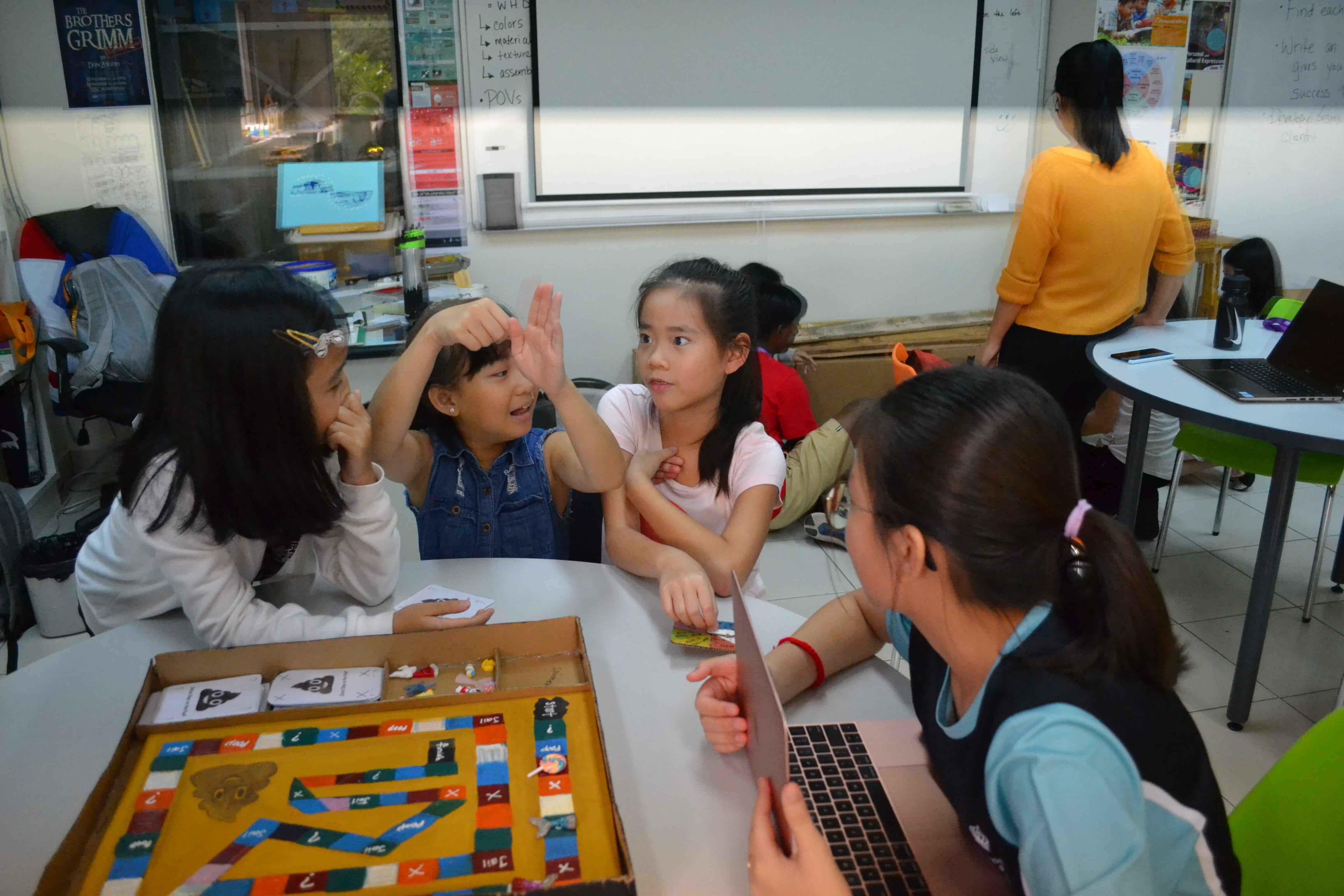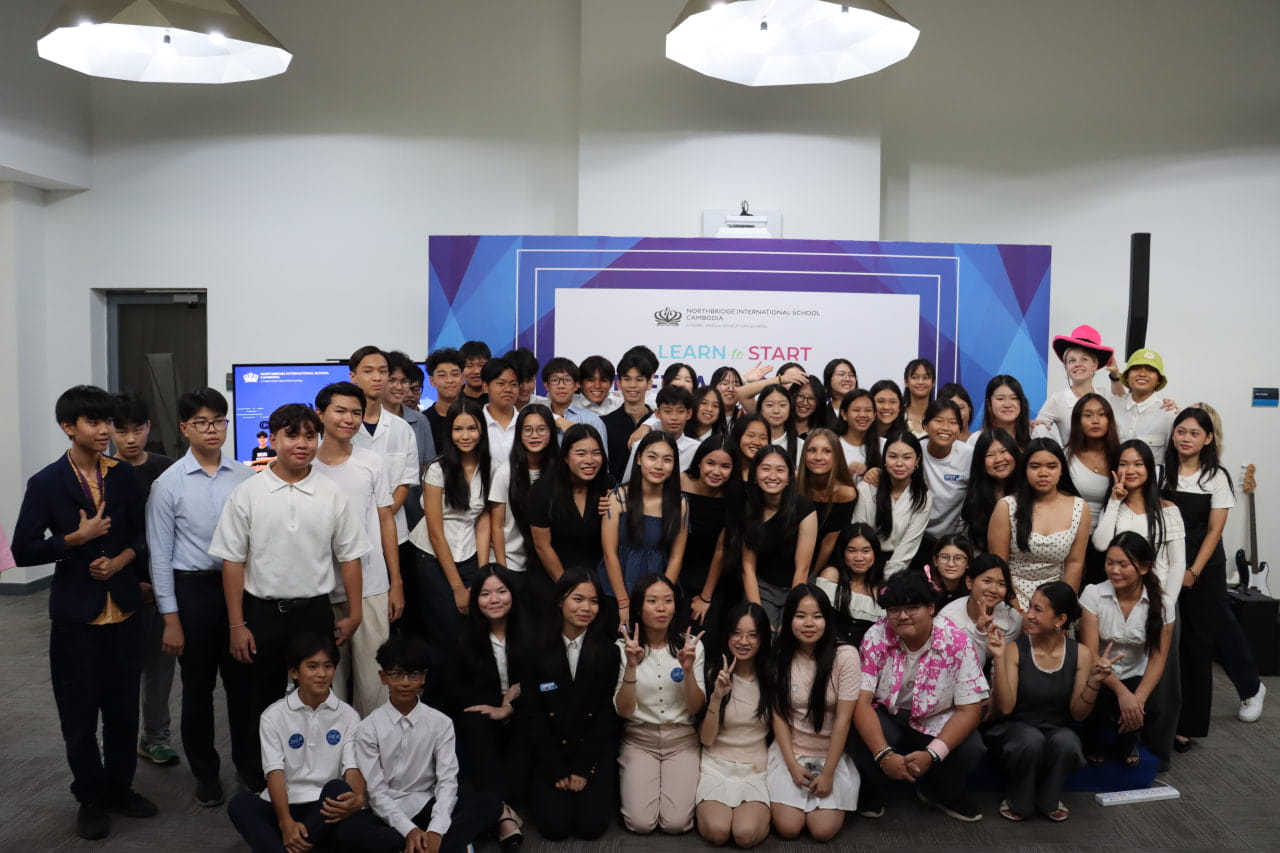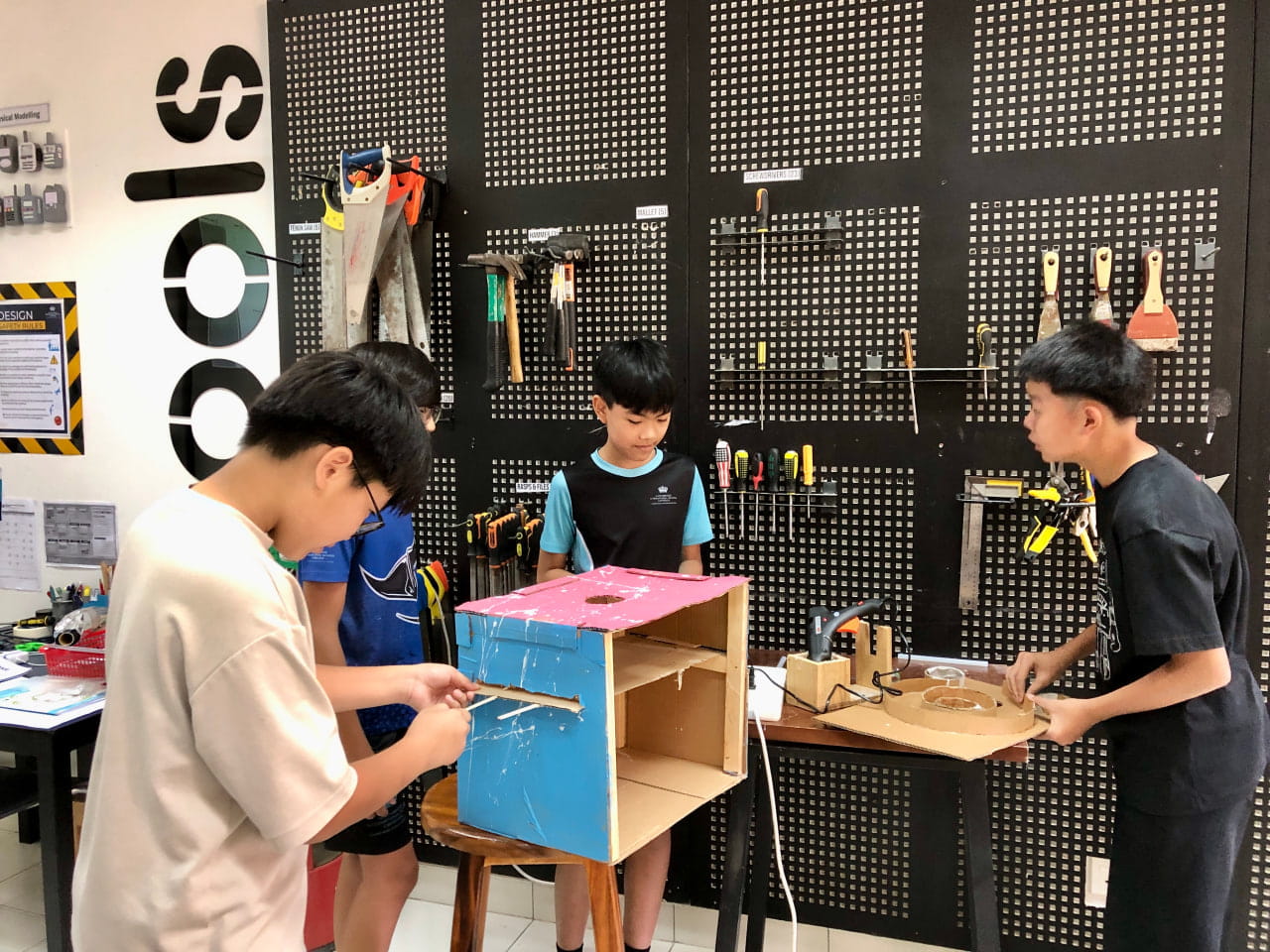Authentic testing is as simple as play at Northbridge
This semester, Northbridge International School Cambodia Grade 8 students in Design were given the opportunity to make prototype toys for a target audience outside of their age range. This experience culminated in a consumer testing session that reinforced their understanding of the intrinsic purpose of design.
This semester, Northbridge International School Cambodia Grade 8 students in Design were given the opportunity to make prototype toys for a target audience outside of their age range. This experience culminated in a consumer testing session that reinforced their understanding of the intrinsic purpose of design.
As Design takes students through the process of creation of just about anything, it seems always best when the solution they create has a purpose or an audience.
Once a project has someone or something for which to solve a problem, the student can see the appeal of the subject matter.
Sometimes, this realization comes towards the end of the process, when the student evaluates their effort by performing authentic tests that help determine the success of their solution.
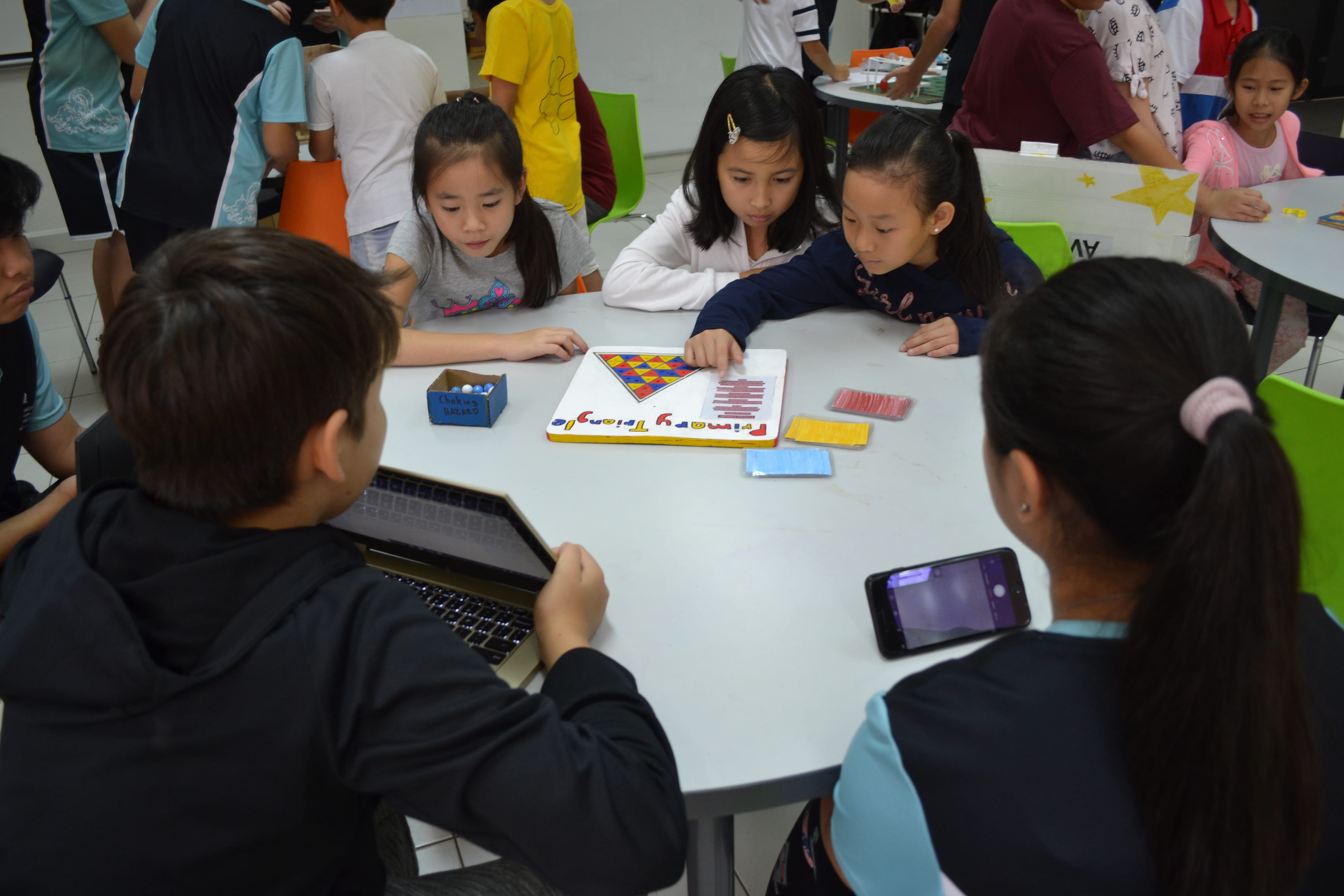
The grade 8 Design students were challenged with the mission to design and create a toy that could be innovative, ergonomic and functional.
Additionally, they were asked to ensure the toy was acceptable for children ranging from 5 to 10 years old. Each of these descriptors carried their own challenge.
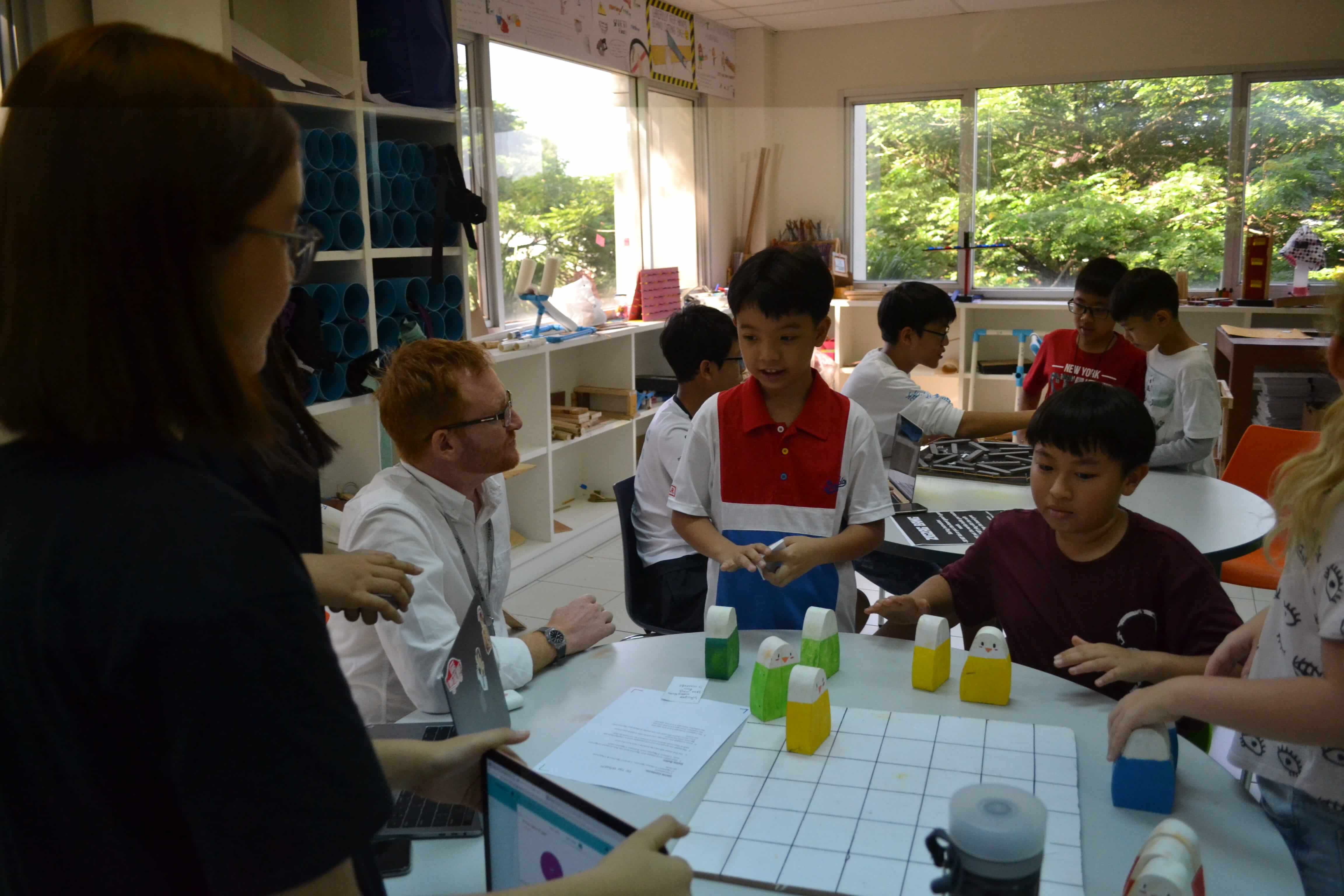
For ergonomics, the students had to understand the human hands that use the toy. A toy made too small gets lost in their grip; one too big becomes difficult to lift or move.
For function, it was important that the students produced a toy that addresses the development of cognitive or fine motor skills for children. This purpose makes the toy more attractive to buyers like parents or schools.
Finally, innovation was encouraged by randomly grouping of students to ensure they included a portion of each peer’s idea into a final collaborative effort. Once they were done with the creation of their toy prototypes, it was time to test.
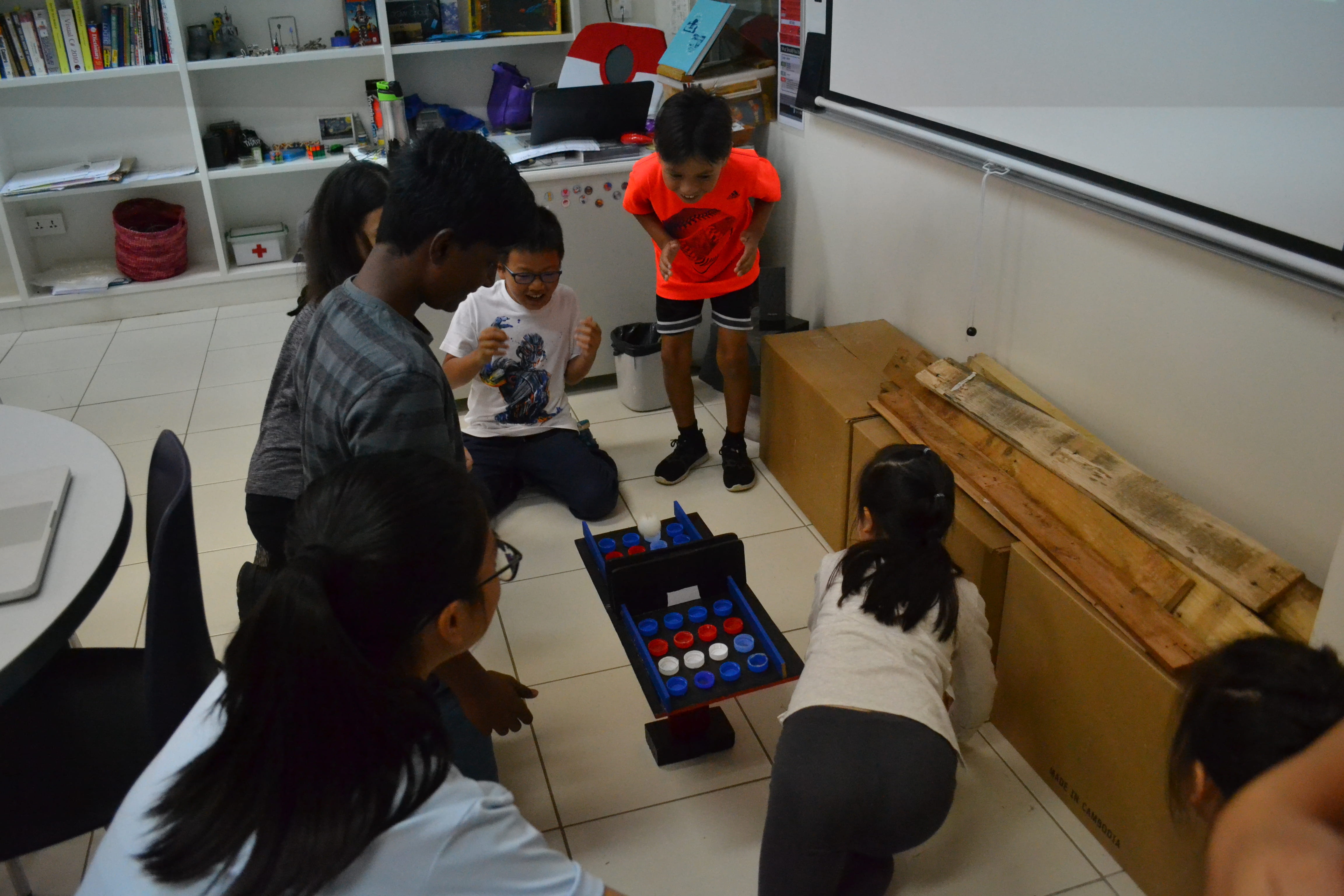
These tests they performed needed to be authentic. That is, they needed to provide the student with useful data and information that can be evaluated or compared to the expected result (i.e., a specification).
While some Design testing seems like a Science assignment with the use of measuring devices like scales or even chemical testing, a lot of it comes with seeing how the solution works with a group of people for which it was designed. These tests are simply known as user trials.
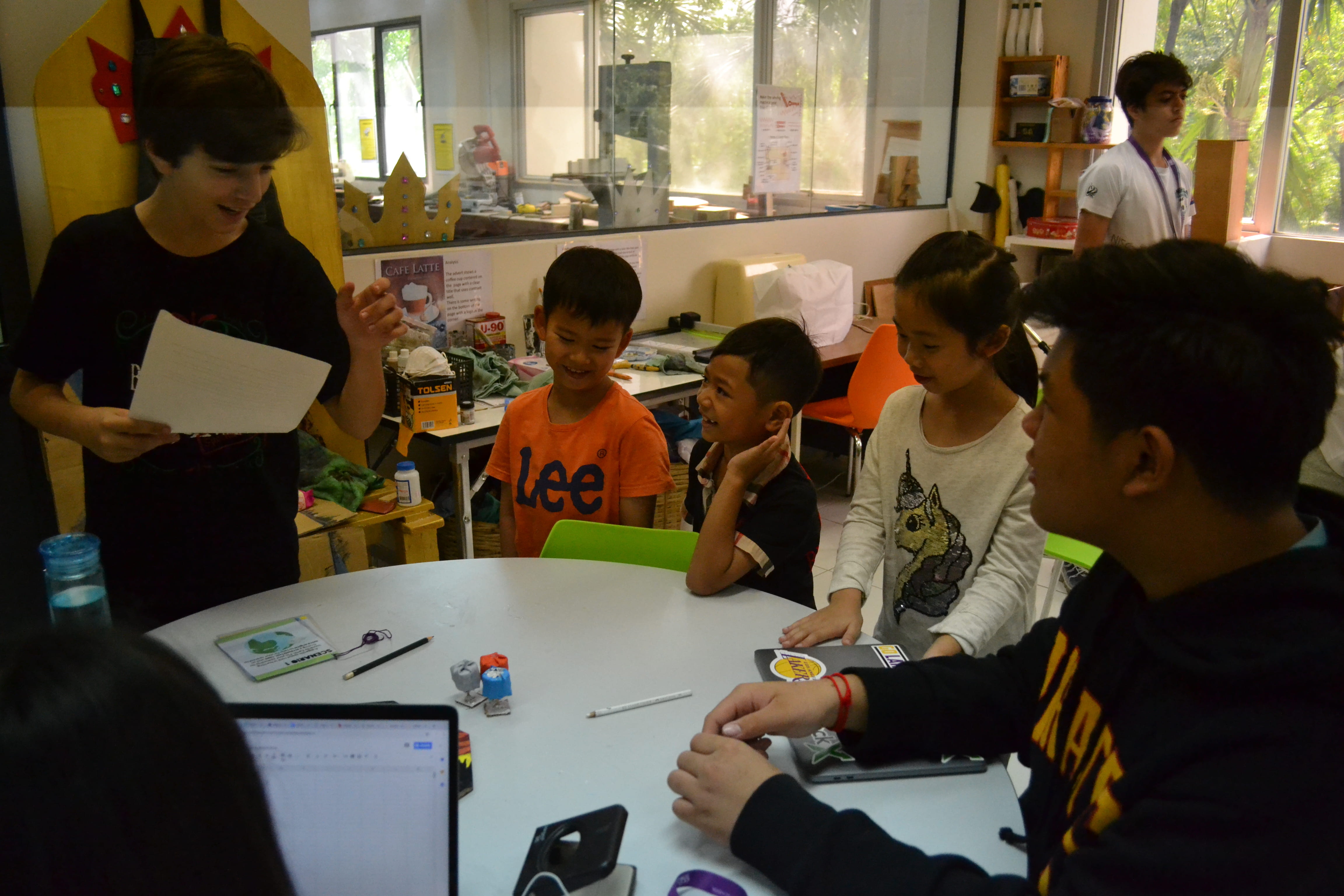
To accomplish this, children from two grade levels – Grade 2 and Grade 4 – visited the Design Center and “tested” the toys rigorously. Designers were instructed to guide the younger students through play with the prototypes.
As play occurred, designers observed any emotional reactions, interesting physical interactions, and even surveyed for direct consumer feedback. They recorded the answers of their surveys and took pictures of interesting moments to gather the evidence necessary for evaluation.
Through these tests, the Grade 8 students ained real world input about their solution to compare to their expectations.
The intention here was to strengthen their reflection and hone an honest, insightful self-evaluation of their design process. If nothing else, they got to spend time with younger students and build positive experiences with all parties involved.
